After Donald Trump was elected president in 2016, informal groups popped up almost everywhere. They often attracted people who had not been involved in politics before. Stereotyped in the media as suburban white women, these citizens were informally named “The Resistance.” About a half-million of them attended the Women’s March in Washington on Jan. 21, 2017, with another 5 million marching in their home communities.
But the #resistance in 2017 proved evanescent because the nascent groups mainly encouraged their members to support other organizations.
Inboxes filled with urgent fundraising appeals for national organizations. For example, 350,000 people donated to the ACLU in just one weekend during Trump’s first month as president. People also shared and encouraged each other to follow news from national outlets, and digital subscriptions for The New York Times and The Washington Post tripled under Trump. Finally, many people gave money and time to Democratic candidates in 2022.
None of this generosity built power for the new groups themselves, and most — although not all — have faded away. For instance, donations to the ACLU funded essential legal advocacy but didn’t support much grassroots engagement. According to the Tufts Equity in America survey (which I co-led), just 1.5 percent of Americans “identified with” or “actively supported” the ACLU in 2020.
As Erica Chenoweth and Zoe Marks observe, many committed and skilled activists emerged, yet we have “no established, organizational infrastructure that can facilitate sustained collective action across a multiracial, multiclass constituency.”
How to Build Power
Imagine if the 350,000 people, instead of focusing on giving to one large entity, formed 1,000 new local groups with an average startup budget of $24,000 and had set about raising enough additional funds and recruiting enough additional members to put 1,000 paid organizers at the service of half a million active volunteers in 1,000 American neighborhoods and towns. Our situation would be totally different today.
In 2020, while 9.2 percent of survey respondents in the Tufts Equity in America survey said they had donated money to any advocacy organization, just 3.6 percent said they had “volunteered or worked for a political party, issue, or cause.” We need that last number to grow to protect and improve democracy. Local groups must raise and control resources to recruit, train and deploy volunteers, so that many more people work for issues and causes important to a healthy democracy
Trump was legitimately elected, and we don’t know how he will act. We should not announce a movement to save America from Trump but instead focus on a movement to protect democracy and civil rights from anyone who might threaten those values, now or later.
The Structures We Need
This movement must be based on durable, self-sufficient, democratic organizations that work together effectively. They need financial autonomy, accountable leaders, paid staff and federated structures.
When friends or neighbors are alarmed, they should decide whether they already have an organization that can join the #resistance or whether they need a new structure. A relevant existing organization could be a religious congregation, an activist group or a union local, among others. It may need a new steering committee for its #resistance work.
However, most people do not belong to any entity that could seriously commit to politics, and they will have to consider incorporating new 501(c)4 organizations. This process starts with an online IRS form. A new group also needs bylaws so that it is clear who is responsible for what. There are free sample bylaw documents that anyone can download.
Although structures can vary, some people should be elected to offices with limited terms so that the rest of the group can decide whether to reelect them. Someone’s job should be to develop agendas, facilitate discussions and clarify the decisions that have been reached. Someone else should keep and share notes so that conversations can proceed from one meeting to another instead of cycling through the same issues. Someone should keep the accounts. Someone is responsible for the membership list.
These groups should raise money from their own members or through bake sales and the like. They should not seek grants or large gifts from non-members, because they need autonomy.
If a group can grow to 100 or so members who donate or raise an average of $8,000 per year, it can hire a full-time organizer with a budget. Even if these amounts are unrealistic, every member should be required to contribute money or specific amounts of volunteer time — with the requirements set low enough that anyone can join. Failure to contribute should cost you a seat at the table, but people should be encouraged to contribute in different ways.
Hiring organizers is crucial because we need some people to be organizing full-time, and because paid employment allows individuals to develop skills and networks that are essential in the longer term.
Growing to Scale
If a group gets much bigger than 100, it should consider splitting. The Black women who formed the Women’s Political Caucus in segregated Montgomery, Alabama, in the 1950s launched a new chapter every time one of their existing groups breached the 100-person limit, so as to keep all members fully engaged in their own chapters. Depending on their economic resources, a group of 100 may be able to employ, or at least share, paid staff; and affluent groups should support needier ones.
It’s fine for groups to work “in coalition,” as people use that phrase nowadays — i.e., communicating with each other and periodically coming together for events. But loose coalitions will not really suffice for building power. Aligned groups should consider federating. This means incorporating a new entity for a region or state, with its own bylaws and budget, that has formal relationships with its affiliated groups.
For instance, each participating local group might get one seat on the larger organization’s board, might be expected to contribute some money to the umbrella organization for state-level work and might be able to claim a portion of funds raised by the larger organization. Again, it may be possible to redirect an existing organization rather than forming a new nonprofit for a region or a state, but that will still require written agreements and bylaws.
Unity and Disagreement
Since groups and alliances need as much support as possible, they should avoid purity tests. A basic tip for anyone who drafts a statement of principles is to keep it short and simple, because unnecessary details offer individuals reasons to opt out. In fact, groups should generally avoid issuing statements, which have relatively little impact. They should affirmatively welcome internal dissent and hold robust discussions for their own members.
Nevertheless, their charters should clearly communicate their mission, and they should look for opportunities to speak in a single voice when that can make a difference. In short, the movement should aim for both unity and pluralism.
For those who are prone to reject broad-based movements as too moderate, I commend Bayard Rustin’s prophetic 1965 article, “ From Protest to Politics: The Future of the Civil Rights Movement ”:
“[The] effectiveness of a swing vote depends solely on ‘other’ votes. It derives its power from them. … Thus coalitions are inescapable, no matter how tentative they may be. … The issue is which coalition to join and how to make it responsive to your program. Necessarily there will be compromise. But the difference between expediency and morality in politics is the difference between selling out a principle and making smaller concessions to win larger ones. The leader who shrinks from this task reveals not his purity but his lack of political sense.”
What Should People Do?
Protests are appropriate, but the #resistance is not a set of protest actions. In fact, seasoned organizers often view a public protest mainly as an opportunity to identify supporters who can then be recruited for more consequential tasks. So what should people actually do?
- One-to-one interviews with residents who may or may not share the principles of the movement. These conversations may persuade some neutral or even hostile people and can help to recruit new active volunteers and potential leaders. In 2000, 2.2 percent of our respondents told us that they had “worked as a canvasser — having gone door to door for a political or social group” within the past year. That represents a substantial number, especially during a pandemic, but it needs to grow; and we need genuine conversations rather than quick pitches for political candidates.
- Filling the vacuum created by the collapse of local professional journalism and combatting propaganda. This means collecting reliable information from published sources, conducting original research, and monitoring institutions and sharing the results with the public in credible forms — social media channels, email lists, teach-ins and the like.
- Forming relationships with established institutional leaders (elected officials, corporate CEOs, small-business owners, clergy, college presidents, philanthropists, celebrities) and asking them to take steps that are appropriate for their roles. For example, a university cannot and should not take a partisan position, but it must protect its own undocumented students, the intellectual freedom of its students and employees, and its own projects that address contested issues, such as climate change. It may need a nudge to do those things. Similarly, a Republican member of the House will not vote to impeach Trump but might privately bury a terrible bill.
- Registering and educating voters, including people who turn 18 or who naturalize as U.S. citizens.
- Endorsing candidates in primaries and general elections. A 501(c)4 organization is allowed to endorse, but its primary activity may not be assessing and endorsing politicians. In any case, political endorsements are more meaningful when they come from civic groups that mainly work independently. Their members can choose to volunteer for candidates or parties if they want to.
- To a limited extent, fundraising for other entities, such as organizations that can mount legal strategies. However, there is a risk of sharing so much of a group’s own resources that it becomes a mere conduit.
- Periodically organizing confrontational actions, such as boycotts, sit-ins and occupations, sheltering fugitives and strikes. These methods must be used sparingly and strategically or else they will wear people out. But they certainly belong in the repertoire of any social movement.
A Broad-Based Civic Movement
We need a pro-democracy movement for the kind of people who are “normies” in the eyes of deeply committed activists. This will not be a movement that requires the modes of organizing that are favored (and perhaps necessary) on the radical left. For example, some long-term antiracist organizers keep their groups highly decentralized and avoid uplifting prominent leaders because so many high-profile leaders of color have been prosecuted or murdered in the past. And some pacifists, deep environmentalists (and others) repudiate ordinary bourgeois American lifestyles.
I honor these people as contributors to our overall political culture, but they alone will not protect the republic as it currently stands. For that purpose, we need many millions of much less committed and much less radical people to operate effectively in response to each new threat.
Building civic organizations is a deep American tradition. The urgent task is to revive it.
Levine is the associate dean of academic affairs and Lincoln Filene Professor of Citizenship & Public Affairs in Tufts University's Jonathan Tisch College of Civic Life.





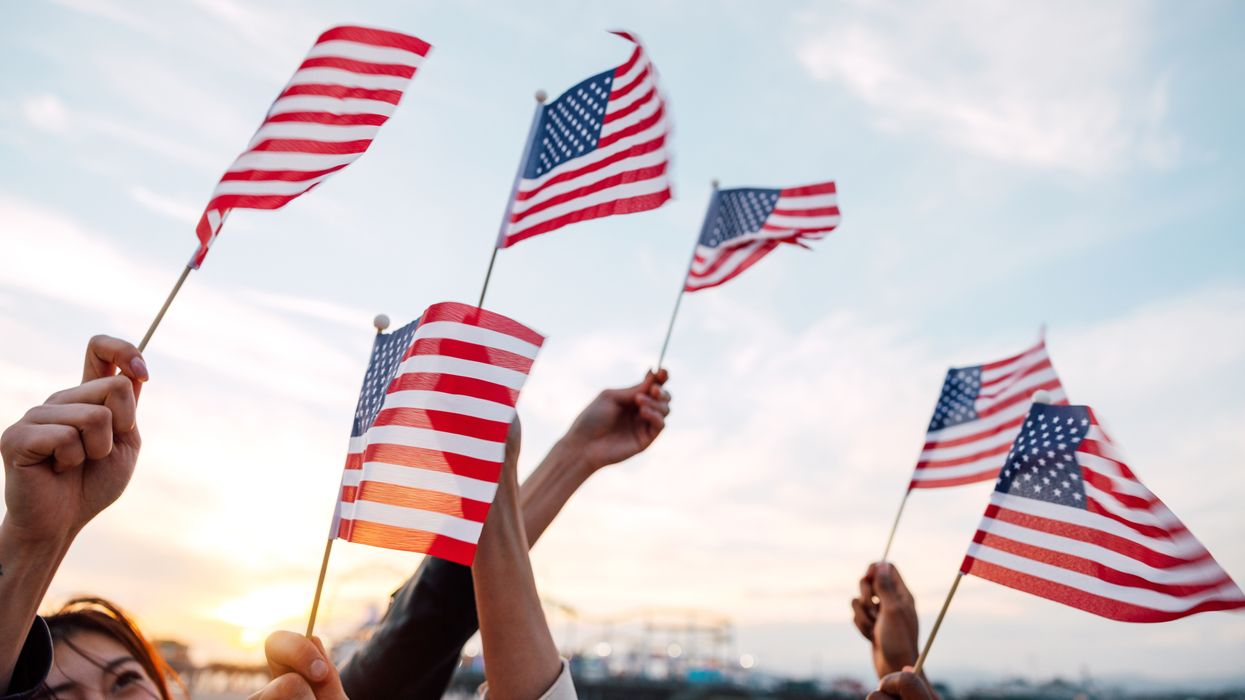


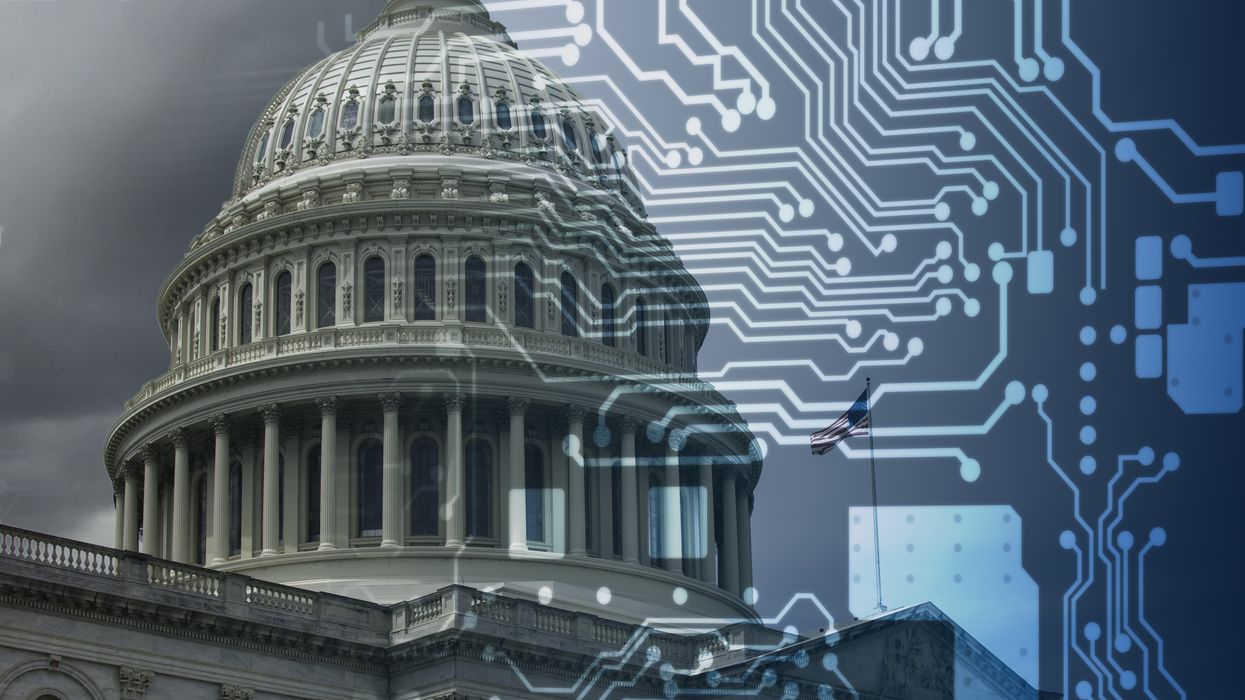
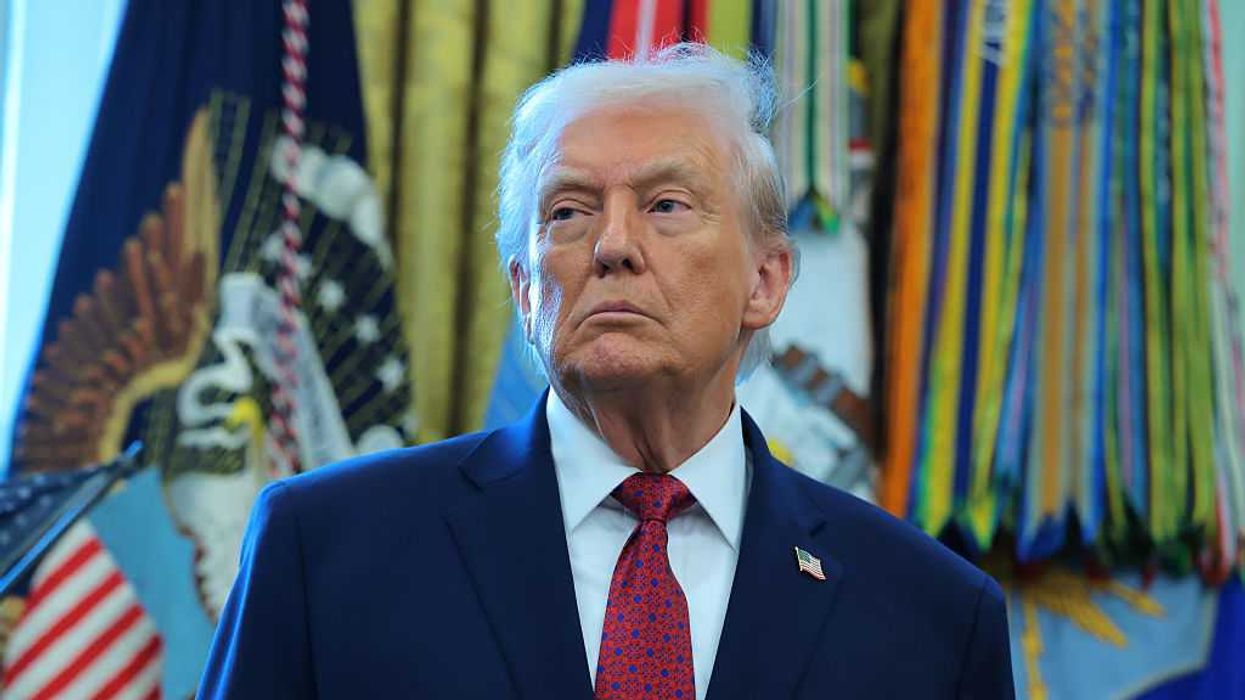
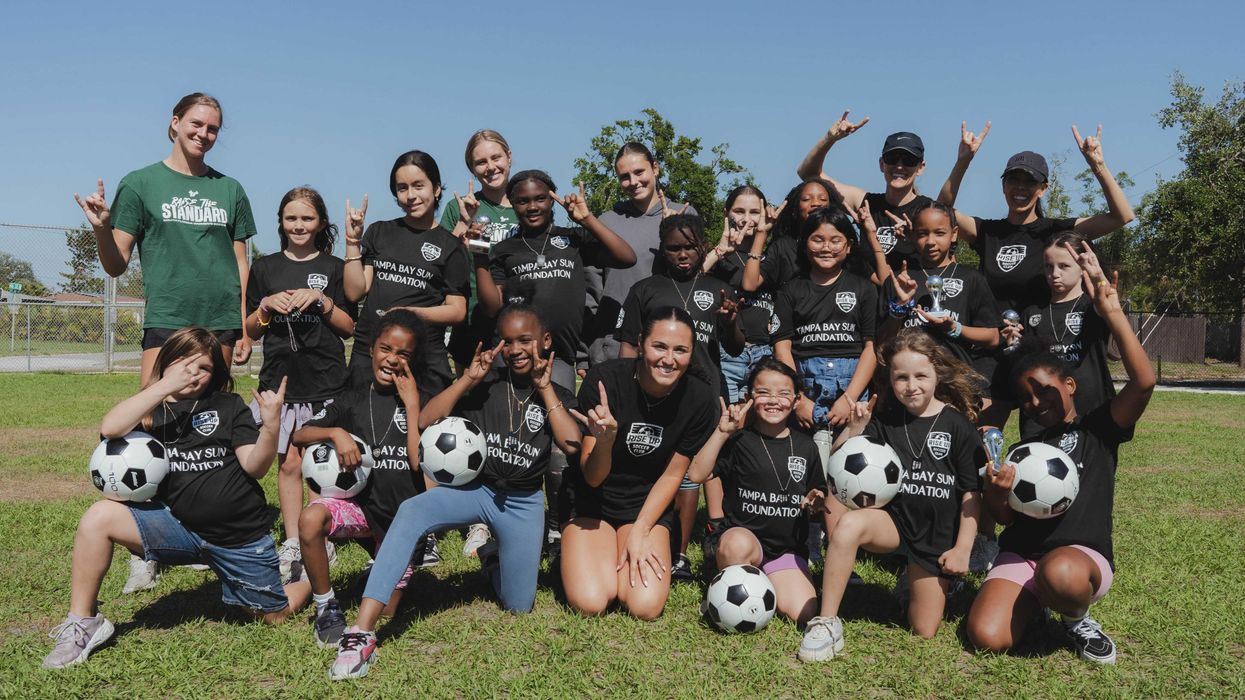







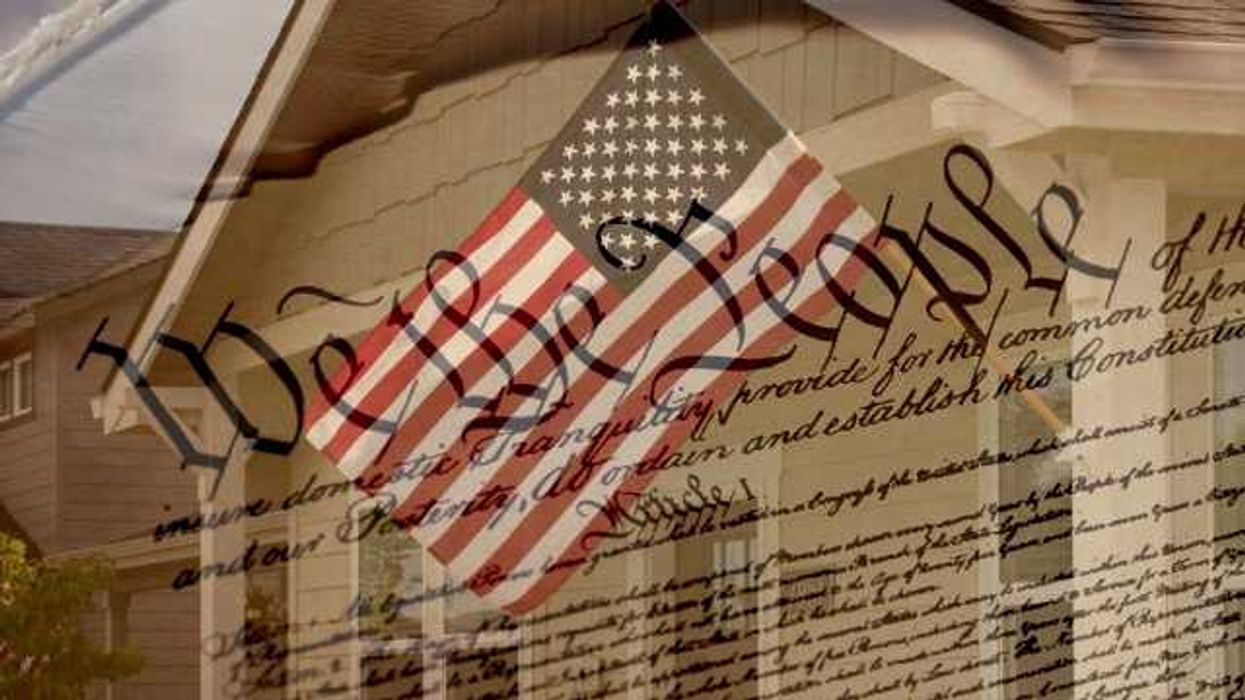
 Shannon Gormley, Rhode Island Public Schools
Shannon Gormley, Rhode Island Public Schools Les Sinclair, Blue Ridge Area Food Bank
Les Sinclair, Blue Ridge Area Food Bank Elena Casillas Hoffman,
Elena Casillas Hoffman, 
 Darrious Hilmon, Executive Director, CAN-TV
Darrious Hilmon, Executive Director, CAN-TV